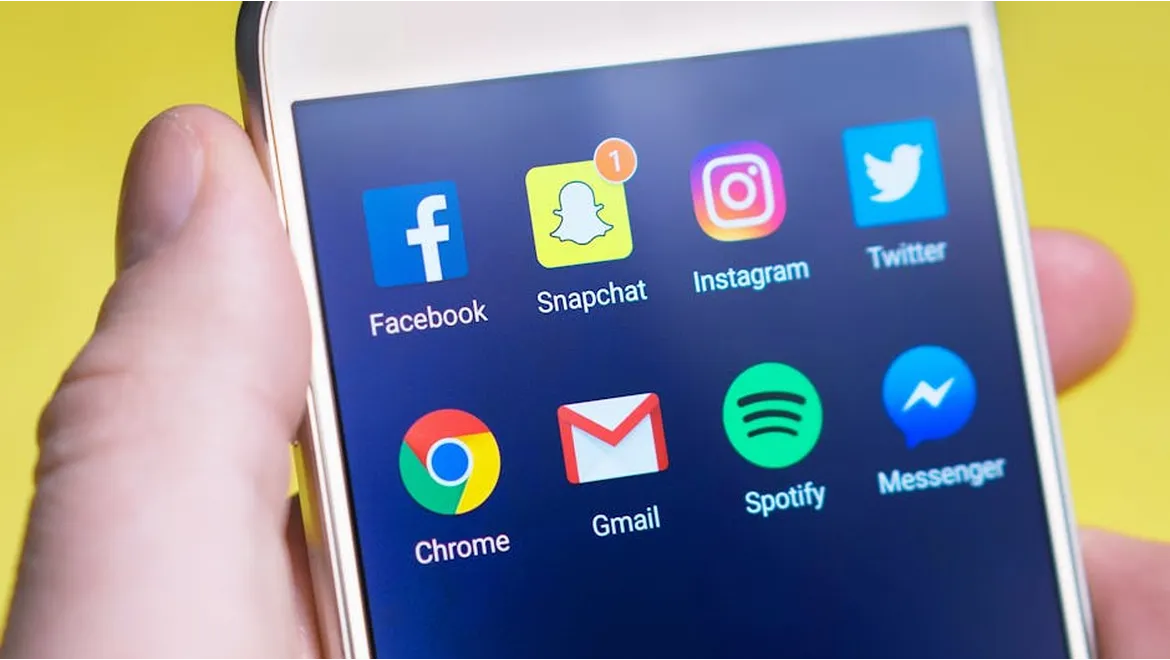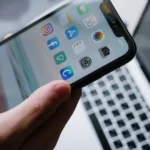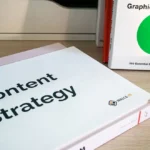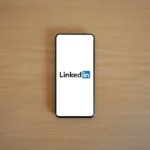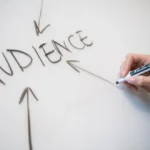Right, so I was chatting with Taylor the other day, and we got onto the topic of Facebook Live. It’s something I’ve dabbled in, but Taylor’s really cracked the code on using it for lead generation. It wasn’t just about broadcasting; it was about building a real community. I was really keen to hear what Taylor had to say about how they achieved success using Facebook Live Events and Webinars for Direct Engagement and Lead Generation.
“It’s more than just being ‘live,’ it’s about being alive, you know?” Taylor started, sipping their tea. “People don’t just want to watch; they want to participate. We had to start thinking about how we could do just that.”
Building a Dedicated Community: The Foundation
Taylor emphasised that the first step wasn’t just running a live stream; it was building a community around the event. That means promoting it heavily beforehand. Posting teasers, running polls about what people want to hear, and generally creating a buzz. But crucially, that involves understanding the target audience inside out. “We spent ages researching what our ideal customer actually cared about,” Taylor explained. “What keeps them up at night? What are their goals? The more we understood, the better we could tailor our content.”
Fostering Engagement: Make it Interactive
Once the live event is running, interaction is key. Taylor’s team always had someone dedicated to monitoring the comments section and responding to questions in real-time. “Don’t just acknowledge people; answer their questions properly. Show them you’re listening and that you value their input.” Think about it from their perspective – getting a direct, personal response from an expert feels pretty special.
Taylor explained how they were able to encourage interaction and create that sense of belonging. “We incorporated polls, quizzes, and even small competitions into the live streams. Get people involved. Ask for their opinions. Make them feel like they’re part of the conversation, and they will be.”
Another tip they shared was to address specific viewers by name. If someone asks a good question, say, “Great question, Sarah!” It makes them feel seen and heard. Simple but incredibly effective. “That personalisation is what makes people come back,” Taylor said.
Turning Viewers into Loyal Customers: The Long Game
Of course, the ultimate goal is lead generation, but Taylor stressed the importance of playing the long game. “Don’t just hammer people with sales pitches during the live stream. Provide genuine value first.” The discounts and offers that were mentioned should be used sparingly at the end of the stream. But should not be the primary reason for the event happening.
One way to capture leads is by using a registration form before the live stream. This is an easy way to collect information about the audience beforehand and gauge interest. “We always integrated a registration form with a thank you email, we would ask simple questions to understand why people were attending and what they expected to gain. This helped us to tailor the content for future events.”
But Taylor had a far more innovative method that they introduced, “The real gold is in building relationships after the event”. This can be done by sending follow-up emails to attendees with additional resources, answering any remaining questions, and inviting them to join a private Facebook group or community. “Think of your Facebook Live as the starting point of a conversation, not the end.”
Another key takeaway was the power of guest speakers. “Bringing in industry experts not only adds credibility but also exposes your live stream to a whole new audience.” Taylor said. When they had guest speakers, they would share the live stream details with their network, resulting in more reach and potential leads.
Innovative Ideas and Suggestions
Beyond the basics, Taylor had some really interesting ideas. They tried running “Ask Me Anything” (AMA) sessions with their CEO, which proved to be incredibly popular. It gave people a chance to connect with the face of the company and ask questions directly.
And it was important to engage with them and understand the proper consideration to take based on their interests. “One time, we realised a lot of our viewers were interested in a specific software integration, so we quickly organised a live demo showing how to use it. Responsiveness like that shows you’re paying attention.” said Taylor.
Looking back on my conversation with Taylor, it’s clear that successful Facebook Live lead generation isn’t about simply broadcasting content. It’s about building a vibrant, engaged community. It requires understanding your target audience, fostering genuine interaction, providing value, and nurturing relationships. By following this approach, you can not only generate leads but also create loyal brand advocates who will help your business thrive in the long run.

